Today marks the official beginning of the Japanese holiday of Tanabata. Tanabata (七夕) translates to “Evening of the Seventh” and celebrates the once-a-year meeting of star-crossed lovers Orihime and Hikoboshi (read their story here or watch the video at the end of the post).
The legend says if it rains on Tanabata, the two lovers must wait until another year to meet. But a light sprinkle didn’t stop thousands of Tokyoites and tourists from heading out for a day of celebration.

We chose the Shitamachi Tanabata in Tokyo’s Kappabashi District in the shadow of the Tokyo Skytree. More than half-a-mile of street was closed off to traffic and lined with vendors serving all sorts of festival fare, including a rare vegetarian treat—deep-fried soybean “meat” on a stick!
One of the traditions of Tanabata is to write a wish on a piece of paper and tie it to a bamboo tree. Trees and bamboo branches lined the street, each fully decorated with the wishes of children and adults alike.

The festival happened to fall on July 4, which is also America’s Independence Day holiday. July 4th celebrations often include local parades, so it was a cool coincidence that we got to see a parade that day. After the first group passed, people headed back into the street and we thought it was over. But a few minutes later, everyone headed back to the curb and another parade group would pass through. This continued several more times until the last parade group passed through. Very efficient!
These festivals always offer a lot of opportunities for the kids to have fun. While many sat alongside the road, enjoying their treats, several participated in the parade. We felt bad for those little legs having to make the hike from one end of town to the other.
Kappabashi literally means “raincoat bridge.” In the old days, residents of the area would hang their raincoats on the nearby bridge to dry. However, “kappa” is also the name of a mythological bird-like creature (interesting story about the kappa) thought to live in Japan’s rivers. In those same old days, farmers would make agreements with the kappa to ensure good irrigation for their farms. Kappabashi uses the kappa as its neighborhood mascot and the image appears all over town on banners and carved wooden statues. Two live-action kappas wandered the parade, one kid-friendly and one with the more menacing appearance of the kappa from folklore.
After the parade, we headed for the Kanda neighborhood to check out a craft beer bar. Devilcraft is run by American ex-pats from Chicago who brought their city’s famous pizza with them.

We sat at the bar and enjoyed an awesome deep-dish veggie pizza and a couple American craft-beers. Two guys came in a few minutes after we arrived and took the seats next to us at the bar. One of them spoke great English (he’d done a homestay in Minnesota as a child) and we struck up a conversation over dinner.
Turned out he was a blacksmith specializing in Imperial-era Japanese swords called katana. His craftsman name is Kanemasa the second. His master, Kanemasa the first, passed away a few years ago at age 88 after 78 years as a sword maker. That’s right… he started at age 10!
Kanemasa the second has made swords for some pretty impressive clients, including the Crown Prince of Abu Dhabi. He has photos on his website in the Royal Palace presenting the katana to the Prince.

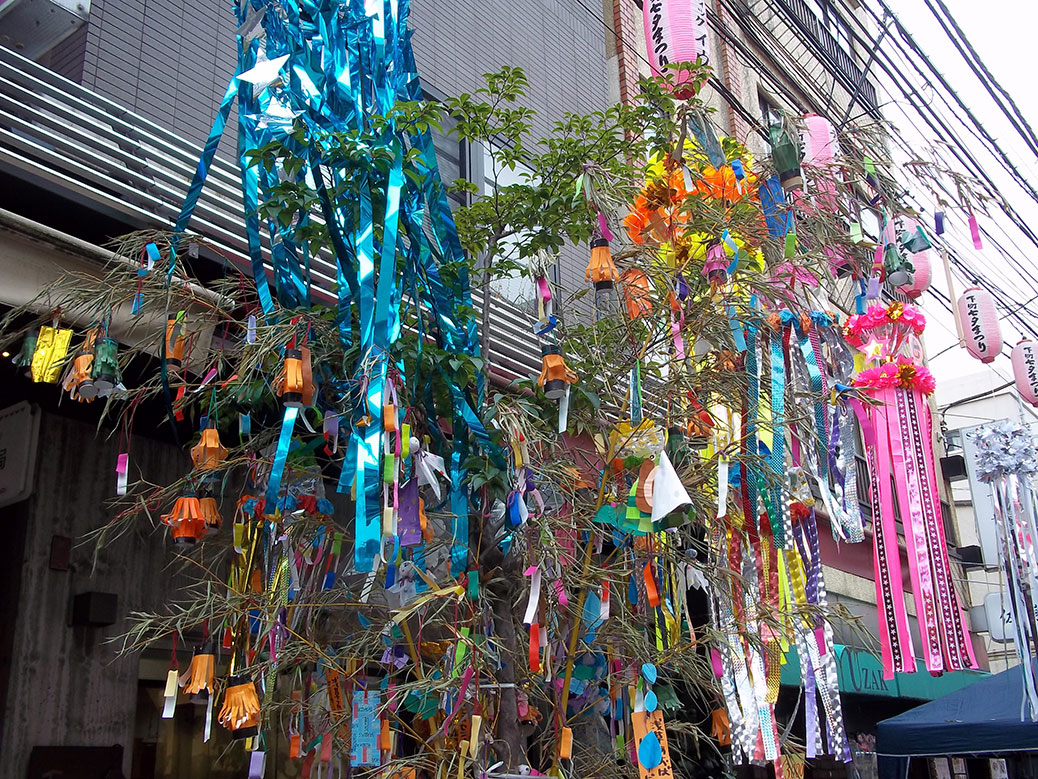

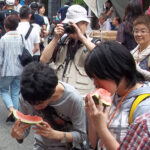
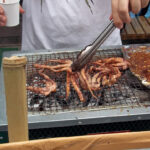
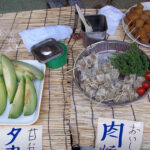
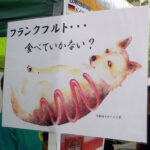
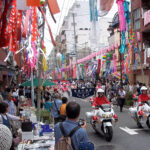
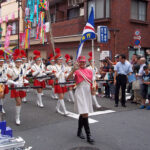
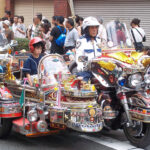
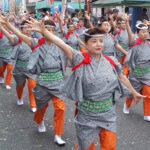
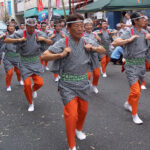
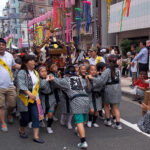
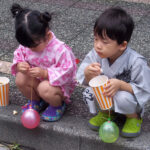
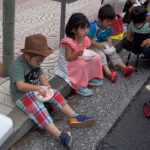
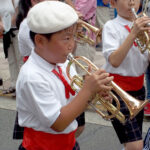
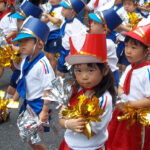
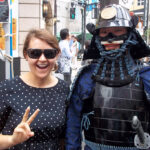
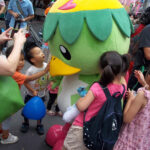
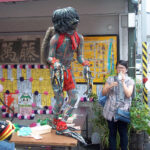
1 thought on “Tanabata: The Evening of the Seventh”